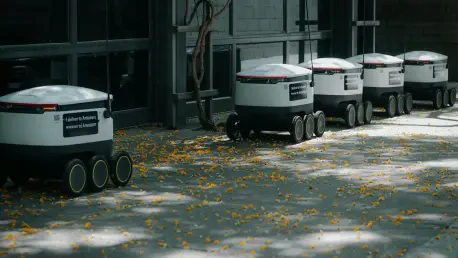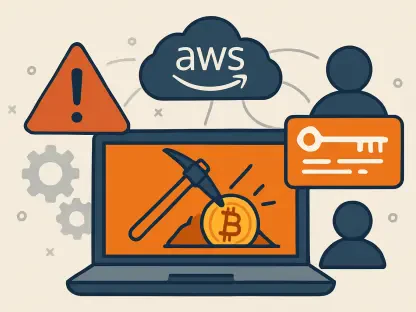Los Angeles witnesses an urban logistics revolution as Coco Robotics introduces autonomous delivery bots, redefining last-mile delivery with advanced technologies. This shift highlights burgeoning automation in urban sectors and its impact on logistics landscapes and daily city life.
Emerging Trends Transforming Urban Logistics
The deployment of robotic delivery services signals a trend toward automation, showcasing capabilities in dense environments. Coco Robotics’ expansion from 1,000 to 10,000 bots demonstrates the increased reliance on AI-driven technology to tackle urban delivery inefficiencies and traffic congestion. This growth mirrors broader shifts in logistics that emphasize efficiency and innovation in densely populated areas.
Within local communities, reactions to Coco Robotics vary between fascination and skepticism. While some residents welcome the futuristic aesthetic and efficient delivery capabilities, others question the reliability of these technologies. Notably, certain incidents—such as navigation challenges—reveal areas needing ongoing improvement. Despite these concerns, the novelty of the bots continues to stimulate engagement.
Strategic Role in Urban Planning and Sustainability
Strategically aligning with urban sustainability initiatives, Coco’s delivery bots address congestion issues without added parking requirements. This approach reflects an emphasis on minimizing environmental impacts while streamlining delivery processes in key urban zones like Santa Monica and Venice. Future adaptation in diverse urban landscapes remains a critical consideration within Coco’s sustainable strategy.
Future Impact: Automation and Economic Structures
Poised to redefine urban logistics, ongoing advancements in AI and robotics promise further optimization in delivery services. As technology evolves, Coco’s bots might tackle complex delivery tasks, expanding their application beyond urban cores. Economic implications, particularly concerning the gig economy, necessitate careful navigation of job displacement fears alongside technological integration.
Coco’s business model harnesses partnerships with delivery platforms, leveraging high demand for urban services to present cost-effective solutions. This diversification strategy capitalizes on emerging trends in autonomous deliveries. However, economic shifts and regulatory developments will play decisive roles in shaping Coco’s trajectory.
Harnessing Opportunities: Navigating Integration Challenges
Businesses and consumers face new opportunities through robotic delivery integration, prompting companies to balance workforce needs with technological adoption. Embracing these bots into existing networks could unlock synergistic benefits that enhance human and automated service collaboration. For consumers, faster, reliable deliveries emerge as tangible benefits if logistical and ethical considerations are understood.
Reflecting on the Bot Revolution
The deployment of delivery bots in Los Angeles highlighted a pivotal moment for urban logistics, showcasing the convergence of innovation with community dynamics. As stakeholders ponder integration challenges and opportunities, strategic planning emerges as key to seamlessly incorporating these technologies into everyday urban life. Exploring the broader societal implications prompts collaborative dialogue to nurture sustainable progress and adaptation.









